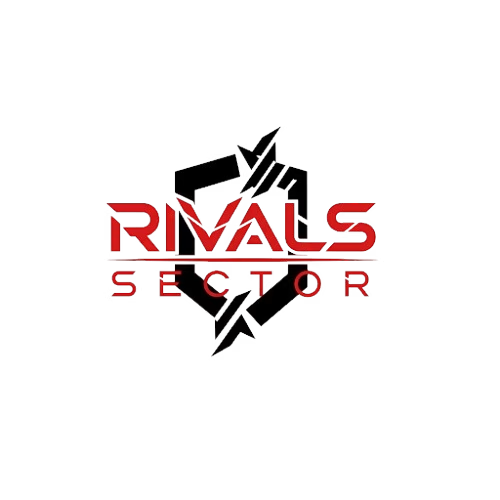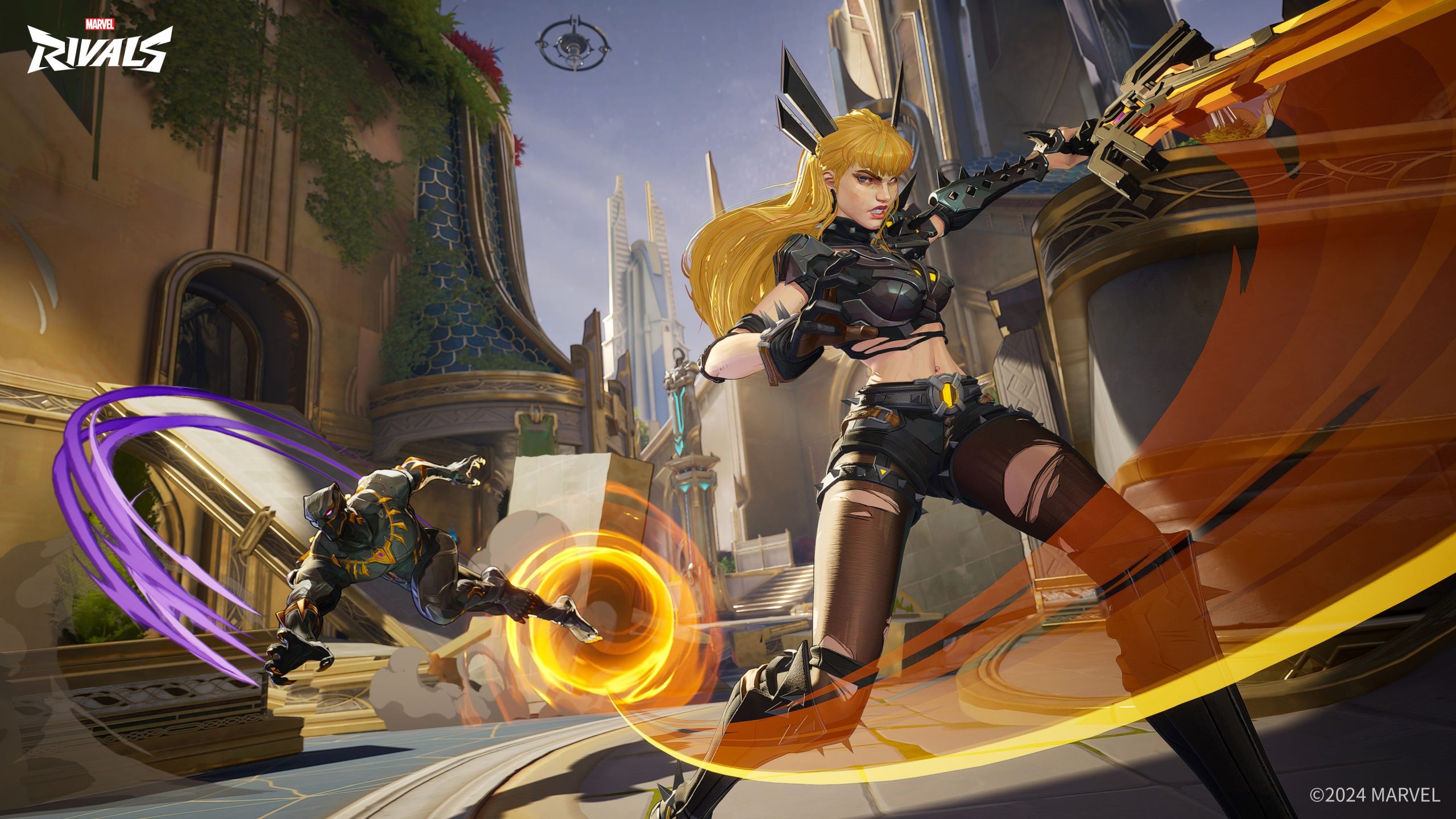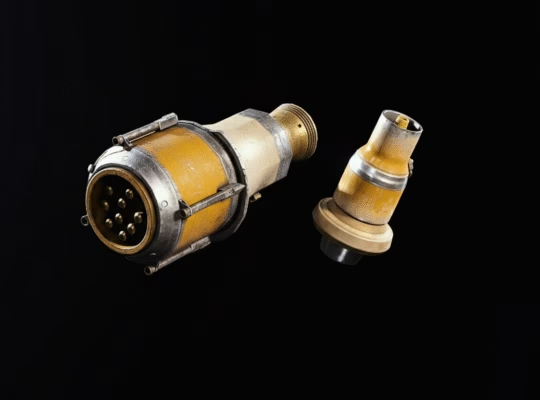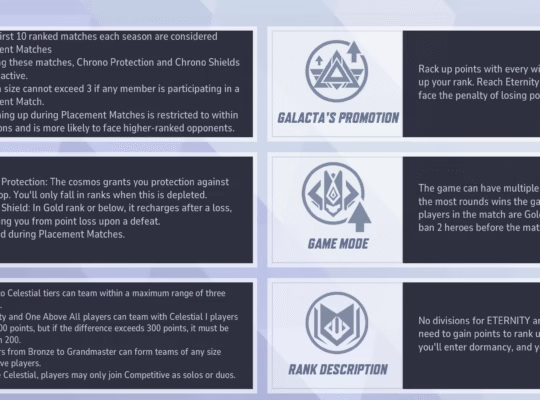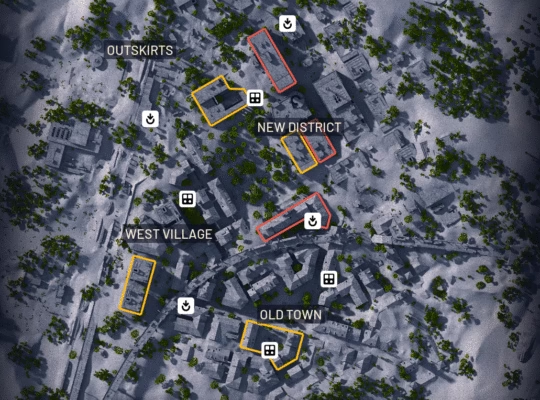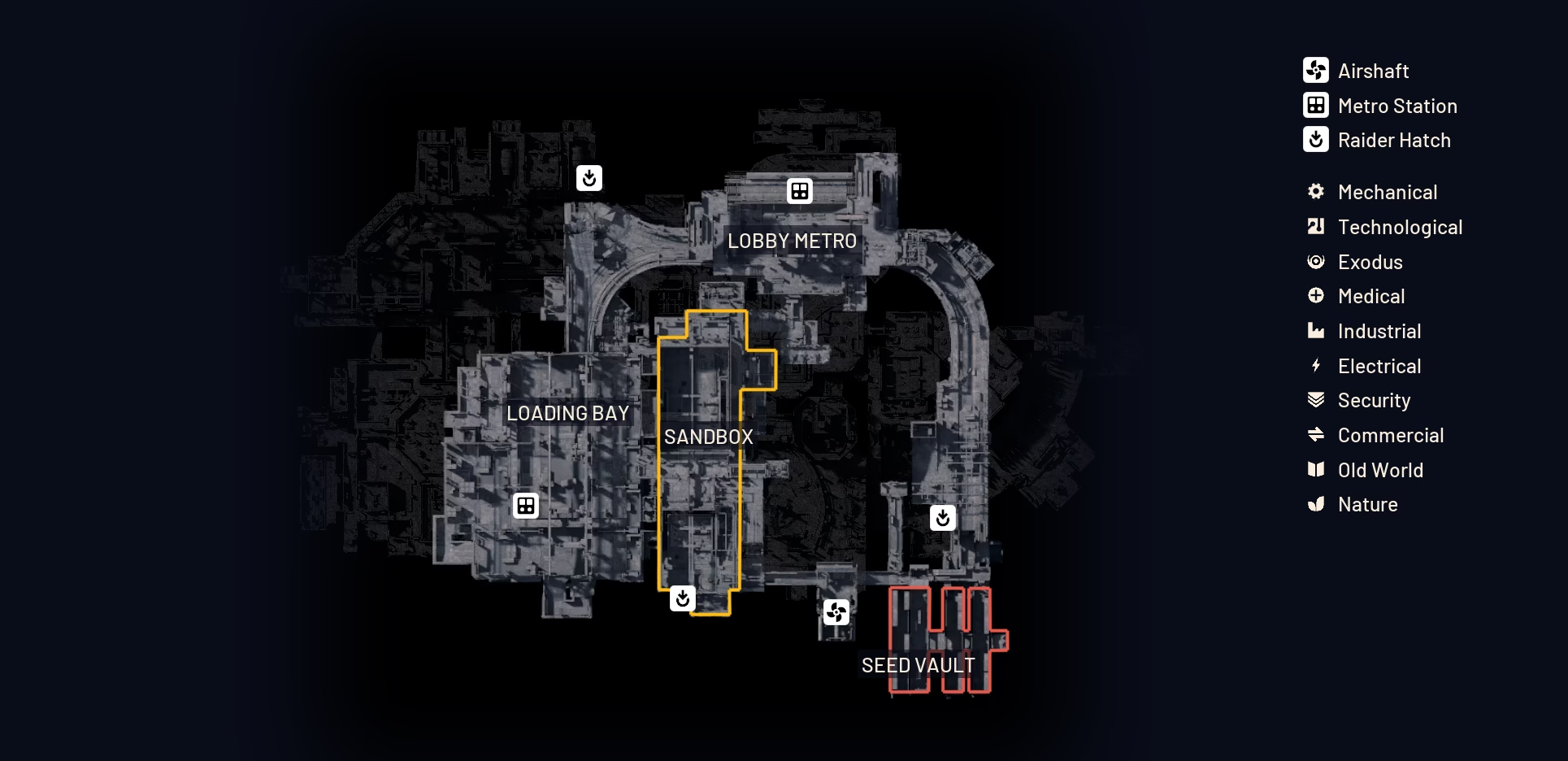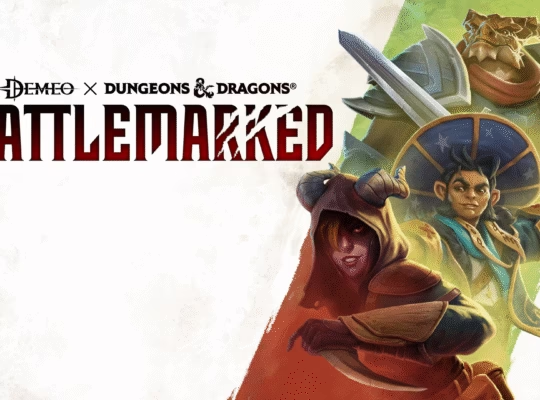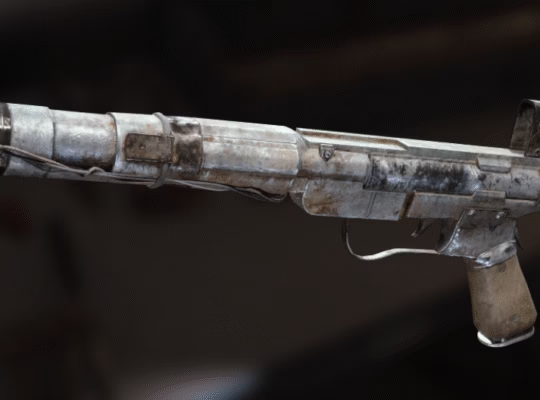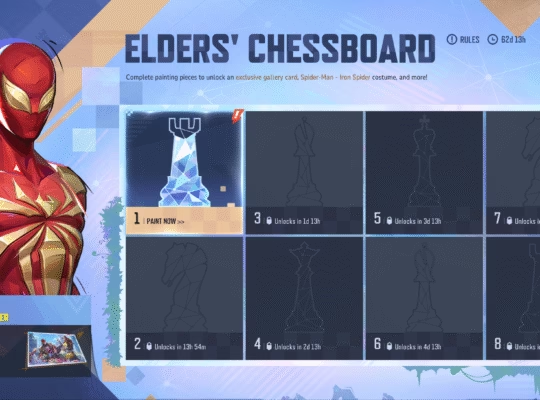Marvel Rivals launched as a live service hero shooter with a season-based content cadence, and since launch the schedule has shifted a few times as the developer experimented with season lengths and mid-season updates. The dates collected below reflect the currently reported start and end dates for Seasons 0 through Season 5, however these are subject to regional time zone differences and occasional developer adjustments, so they should be treated as likely but not absolutely final, and further verification in the game or on official channels may be required.
Below is a compact table that summarizes the season names, start and end dates, and approximate duration in US-friendly date format. If you prefer to see exact server maintenance times, scroll down where those are discussed.
| Season | Season Name | Start Date (US) | End Date (US) | Approx Duration |
| Season 0 | Doom’s Rise | December 6, 2024 | January 10, 2025 | ~35 days |
| Season 1 | Eternal Night Falls | January 10, 2025 | April 11, 2025 | ~3 months |
| Season 1.5 | (mid-season) | February 21, 2025 | April 11, 2025 | ~7 weeks |
| Season 2 | Hellfire Gala | April 11, 2025 | July 11, 2025 | ~3 months |
| Season 2.5 | (mid-season) | May 30, 2025 | July 11, 2025 | ~6 weeks |
| Season 3 | The Abyss Awakens, first half (3.0) | July 11, 2025 | August 8, 2025 | ~4 weeks |
| Season 3.5 | The Abyss Awakens, second half | August 8, 2025 | September 12, 2025 | ~5 weeks |
| Season 4 | Heart of the Dragon | September 12, 2025 | October 10, 2025 | ~4 weeks |
| Season 4.5 (Rumored) | Heart of the Dragon, second half | October 10, 2025 | November 12, 2025 | ~5 weeks |
| Season 5 (Rumored) | To be announced | November 12, 2025 | January 10, 2026 | ~2 months |
The table above is a consolidated snapshot gathered from developer notices and community-tracked timelines by experts from Rivals Sector. It likely captures the principal season windows but may omit short regional maintenance windows or small timing adjustments.

How the Seasonal Rhythm Evolved and Why That Matters
When Marvel Rivals first launched, the initial season functioned as a pre-release or early-access style season that ran for roughly a month. That early season appears to have been intended to serve as an introductory Battle Pass window and a real-world test of the seasonal pipeline, and because of that its duration is shorter than what followed. After that introductory period, the live service moved to a convention of multi-month seasons with mid-season checkpoints – this pattern likely reflects an effort to balance major seasonal content drops with frequent new hero releases, and it may have been influenced by player engagement metrics and the team’s capacity to produce skins, modes, and balance updates. The official launch announcement and community season lists both reflect that initial short Season 0 and the subsequent longer windows.
For creators, competitors, and players, the practical implication is straightforward, possibly even predictable – planning content, tournaments, or streams around a three-month season gives room to produce deep guides and end-of-season push content, while the newer split-season model requires more frequent but shorter bursts of promotion. This is important because the frequency of mid-season updates affects when new heroes arrive, when new cosmetics are pushed, and when developers schedule downtime for maintenance.
Why the Split Season Model Appeared and What It Looks Like
Beginning with Season 3 there is evidence that Marvel Rivals adopted a two-part season structure where a season spans roughly two months but is divided into a 3.0 and a 3.5 segment – each segment brings new heroes and some fresh content. This approach appears to be an attempt to sustain momentum – rather than holding major reveals for the very end of a three-month block, the developer releases half-season updates roughly every four to six weeks. The fan-maintained season timeline and the game roadmap highlight this transition, showing Season 3 as a two-month season comprised of a July to September window with an internal break around early August. That pattern is reported consistently across community and press trackers and seems to be the de facto cadence at the time of writing.
Operationally this means players should expect periodic maintenance windows and brief downtimes aligned to the changeover between halves of a season, and organizers who schedule competitive events should keep those windows in mind. Reported maintenance start times for mid-season rollouts have been listed in UTC and converted into U.S. time zones, for example a 9:00 AM UTC maintenance equates to 5:00 AM Eastern Daylight Time and 2:00 AM Pacific Daylight Time, which is a common early-morning maintenance slot for live-service titles. That conversion may assist streamers and event planners who need to coordinate broadcasts.
Notes on Each Season, What Was Typical and What Varied
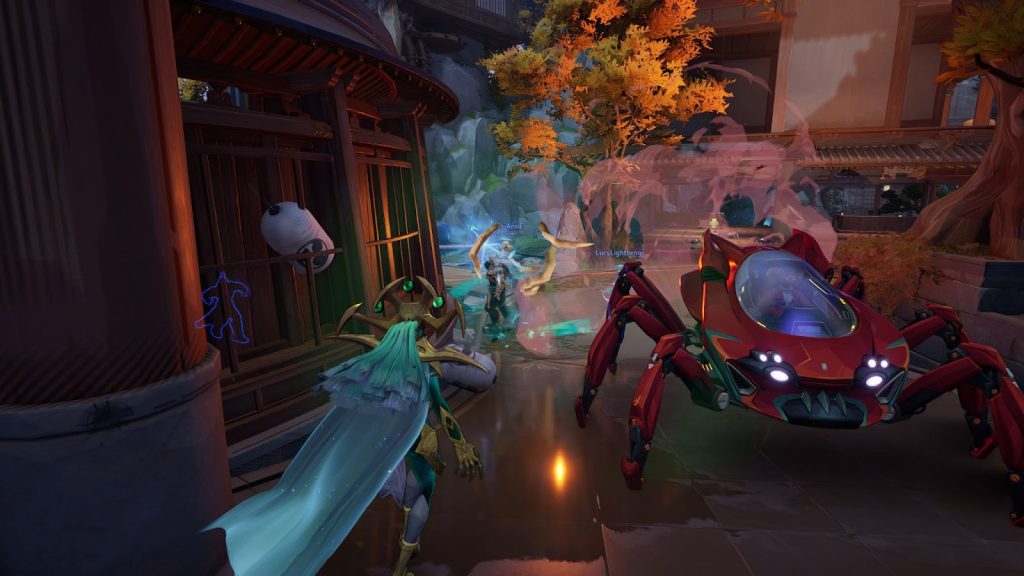
Season 0, Dooms’ Rise, served as the game’s launch season and appeared shorter than later seasons, likely because it was aligned with the game’s release cycle and the need to test the Battle Pass mechanics on a live player base. Its December 6, 2024 start and January 10, 2025 end were consistent across official and community timelines, but those dates may be reported slightly differently depending on the time zone used by a source. Because this season was a near-launch period, it featured introductory rewards and initial hero availability that were important for early adopters.
Season 1 then shifted into a longer window, beginning on January 10, 2025 and running into April, and Season 2 followed with a similar three-month footprint. These longer windows allowed for a more extended Battle Pass lifecycle and multiple patches within a single season. Mid-season updates labeled 1.5 and 2.5 arrived roughly in the middle of those cycles, introducing new hero-and-skin bundles and occasional gameplay updates. Community trackers list both the mid-season release dates and the main season endpoints, which is useful for anyone mapping content calendars.
Season 3 represented the more explicit adoption of a split model, with Season 3.0 launching in early July 2025 and Season 3.5 beginning in early August and running into mid-September 2025, with the latter half ending around September 12, 2025 according to multiple trackers. This two-half concept may continue to be favored if it keeps player engagement high and the cadence of new hero introductions brisk. Because Season 3 overlapped with championship events and esports schedules, it also illustrates the tension between seasonal design and competitive planning – organizers often need to work within the windows and potential downtimes the live service imposes.
Sources of Disagreement and Practical Tips for Staying Accurate
Reported season dates are generally consistent, but some sources differ by a day or two around transitions due to the way time zones, maintenance downtimes, and region-specific rollouts are handled. For example, some trackers list Season 3 as ending on September 11, while others list September 12, and reported maintenance times can vary depending on whether a source quotes the start of downtime or the official “go live” moment. When exact timing matters – for instance, for an end-of-season push or a tournament final – it is advisable to check the in-game countdown and official developer posts in the 48 hours leading up to the changeover, because that is when final confirmations and exact maintenance windows are usually posted. Community trackers are helpful for big-picture planning, but the in-game banner and developer social posts are the canonical source for last-minute changes.
Final Thoughts
In summary, the season pattern evolved from a short launch window in December 2024 to longer three-month seasons, and then toward a split-season rhythm beginning with Season 3 in mid-2025. The table at the top gives a concise reference for start and end dates for Seasons 0 through 3.5, and the narrative above explains the context, reasons for variation, and how that affects planning. Because schedules for live service games can be adjusted, it is reasonable to treat these dates as reliable but not immutable, and you may want to re-check official sources within a day or two of any event you plan around.
If you would like, I can convert the season timeline into a one-page planning calendar in US time zones, or produce an assets checklist for streamers that maps content releases to likely promotion windows without repeating the table entries verbatim.

